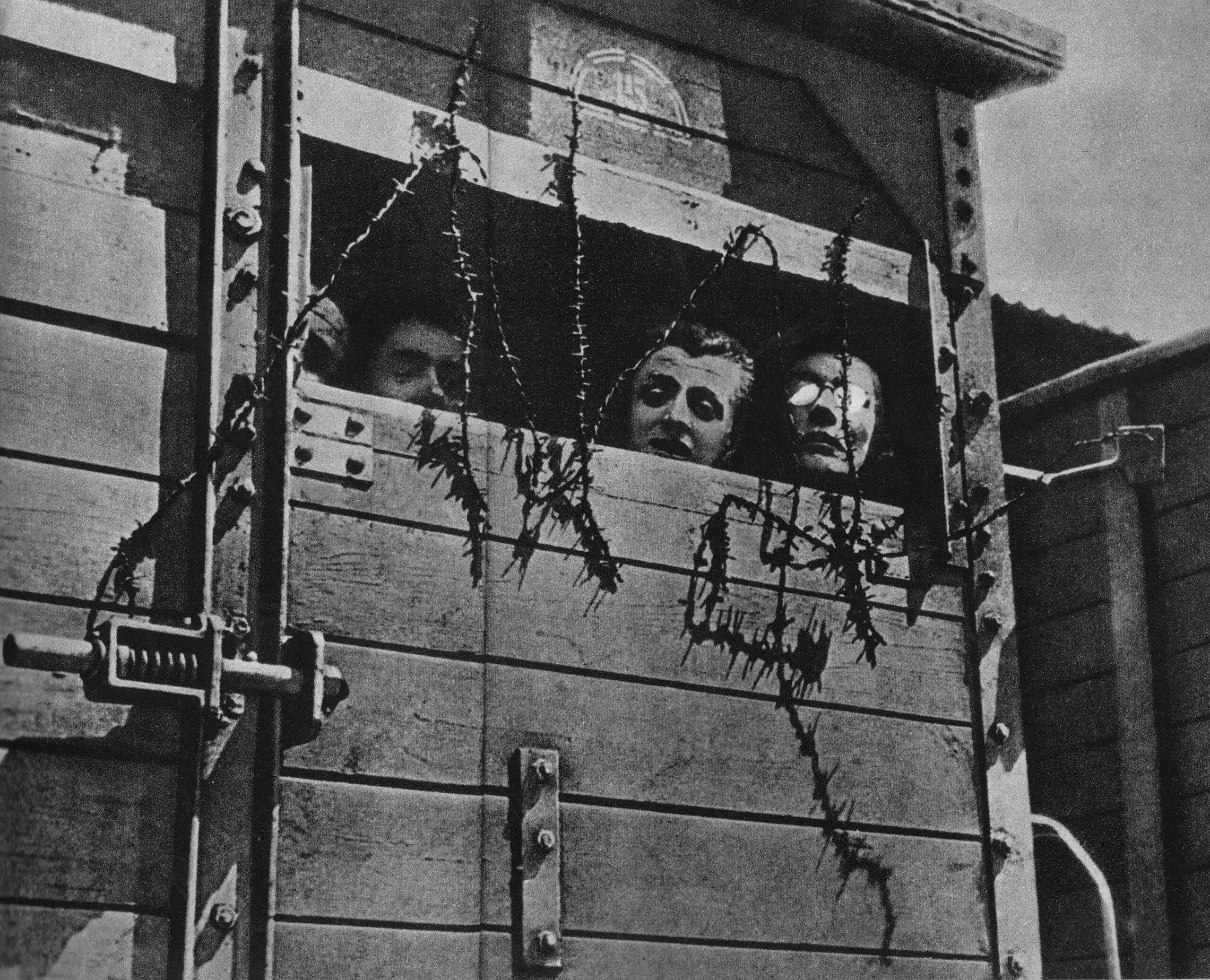During the past decades, various public health emergencies and new disorders have been reports by health professionals from around the world. However, one of the most intriguing health problems to this day is Syndrome K, which was a disease reported by doctors during Italy’s war with Nazi Germany after the end of the fascist regime of Mussolini.
Even though the new Italian government broke any of the ties with the Nazis, the country’s northern area, which was called the ‘Italian Social Republic’ was still under the rule of Germany.
During the time of Mussolini, anti-jewish behaviors and policies were common as the regime resembled Adolf Hitler’s to a significant extent. However, by the time Italy declared war after Germany’s occupation of some of its territories, the levels of anti-semitism dropped.
Though the rest of the country gradually changed its treatment of the Jewish population, anti-semitism was prevalent in the rest of the European continent and even the parts of Italy which were under German rule.
The year 1943 was also the time where the Holocaust, which is a series of atrocities against the Jews, was very active. Over time, the Nazis captured major parts of Italy and began deporting and imprisonment of Jewish communities, specifically the ones in Rome.
RELATED: Weddings in Coronavirus Pandemic – Are they Safe to Attend?
While a lot of jews lost their lives during the process, others were sent to Auschwitz, which was the biggest concentration camp during the Holocaust.
In order to escape from the Nazis, a number of Jewish families found refuge in Fatebenefratelli hospital which was located on Tiber Island and not far from Jewish imprisonment ghettos.
Fortunately, many of the Jews who stayed in the hospital during the raid in Italy were able to survive. How did this happen? To help the Jewish community residing in the hospital, the staff members secretly made a plan.
Read an official testimony of the events in the hospital here.
Soon, the small team headed by Dr. Vittorio Sacerdoti and Professor Giovanni Borromeo started admitting Jewish people as patients while stating that they suffered from a rare disorder known as Syndrome K, also known as “il morbo di K” in Italian.
The name of the disorder was usually used by the staff members to separate the people who were not sick and hiding whenever a Nazi officer tried to raid the hospital.
For many Nazis who tried visiting the hospital the syndrome’s name was similar to “Koch’s disease” which was a locally used name for TB or tuberculosis. Out of fear of catching the disease, no officer checked the wards that were used as a refuge for the Jews.
Although it is not known how many Jews were able to survive because of the hospital and Syndrome K but the staff members and the Fatebenefratelli hospital are remembered to this day for their efforts against the Nazi regime.
In fact, the International Raoul Wallenberg Foundation has even dedicated a specific banner to the hospital which has the words “This place was a beacon of light in the darkness of the Holocaust. It is our moral duty to remember these great heroes for new generations to recognize and appreciate them.”


